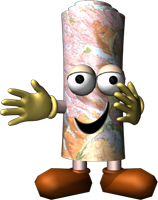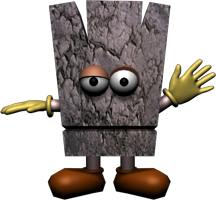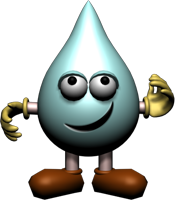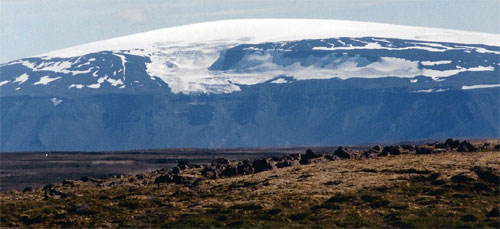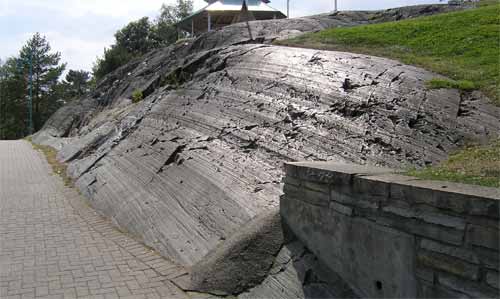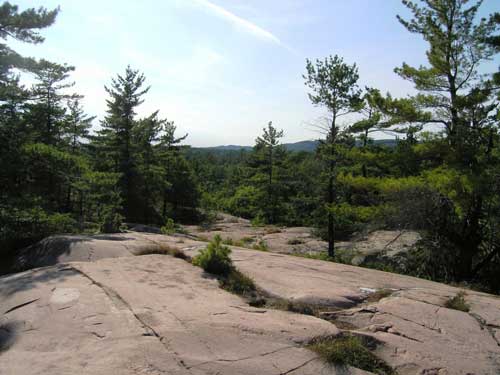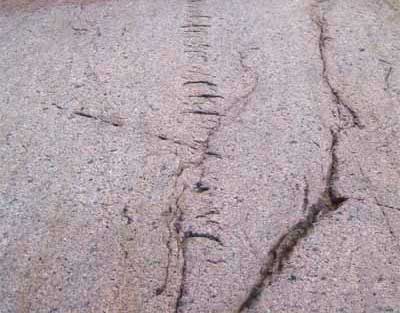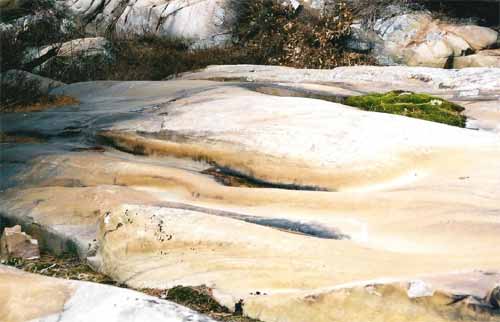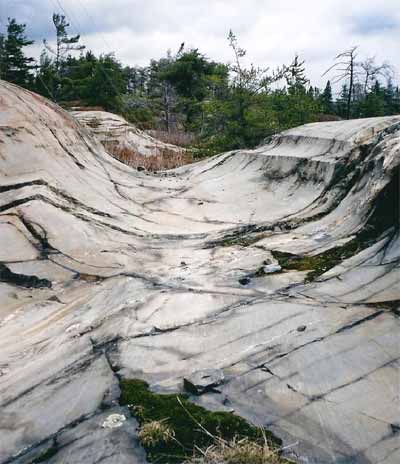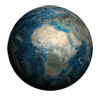Continental glaciers
Continental glaciers are continuous masses of ice that are much larger than alpine glaciers. Small continental glaciers are called ice fields. Big continental glaciers are called ice sheets. Greenland and Antarctica are almost entirely covered with ice sheets that are up to 3500 m (11 500 ft) thick.
Domed and roughly circular ice caps are bigger than ice fields but smaller than ice sheets. Smaller outlet glaciers can flow from ice caps.
Continental glaciers bury the landscape and only the highest mountain peaks poke out through the ice surface. These mountain peaks are called nunataks.
Striations are long and narrow scratches on bedrock surfaces. Striations can tell a geologist what direction the glacier was moving. Sometimes there are two sets of striations that show two different ice flow directions.
Roches moutonnées are asymmetrical bedrock hills that point in the direction the glacier flowed. The back of each hill is gently sloping and has been polished smooth by the glacier. The front is jagged and steep because the ice has broken off chunks of rock  and carried them away.
and carried them away.
Continental glaciers are much larger than alpine glaciers but it can be more difficult to see how they have eroded the landscape.
Sediments  are scraped away then the exposed bedrock is carved and polished by the passing ice. This happens much faster if there are lots of rocks and sand poking out from the bottom of the ice.
are scraped away then the exposed bedrock is carved and polished by the passing ice. This happens much faster if there are lots of rocks and sand poking out from the bottom of the ice.
Small flakes of rock can be removed by the ice forming small chattermarks or larger crescentic gouges and fractures.
« Back 


